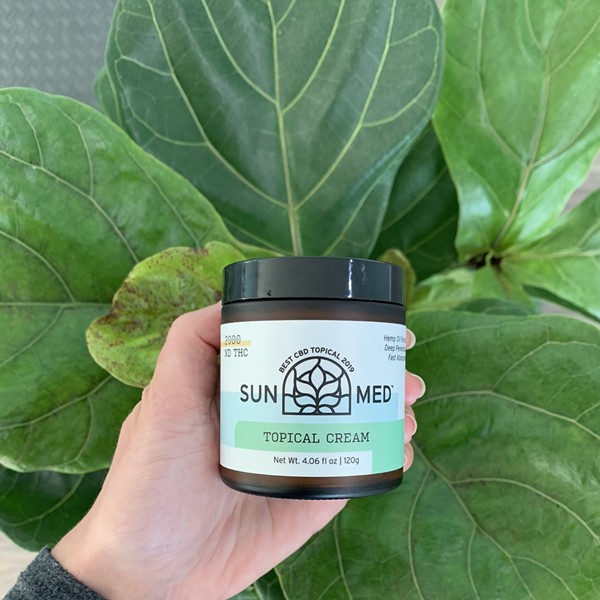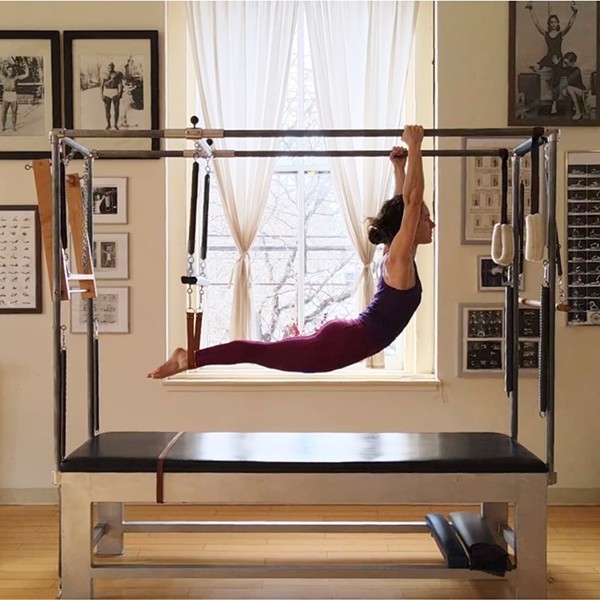1. Listen to your body and feelings more. “Not paying attention to these inner sources of wisdom is one of the most common roots of disease. Pay attention to the stress in your life, and find ways to minimize it. This could include changing your life or just incorporating stress-reduction techniques or acupuncture into your life. Spend more time in the present with joyful activities like art, movement, and music.”
2. Eat better! Schikowitz recommends three main areas:
Watch your blood sugar. Eat regular meals. Combine carbohydrates with protein, fat, or fiber, and get protein in the morning. Be careful with sugary foods.
Reduce toxicity in your diet. Boycott or reduce factory farmed animal products, especially farmed salmon and conventional butter. Schikowitz’s website has links to help find the least-toxic seafood and produce (www.trueabundancehealth.com).
Increase the vitality of your food. Local, organic, fresh, unprocessed foods have more available nutrients and less degradation. Shop around the outside of the grocery store and avoid the packaged goods in the middle.
3. Move your body! “The body moves best in the early afternoon,” says Schikowitz. “But people who schedule exercise first thing in the morning are more likely to keep their regimen consistently. There are several categories of exercise, and Schikowitz recommends participating in a variety: Cardiovascular or interval training, strength training, flexibility training, including Pilates and yoga, and integrated activities like dance classes, sports, or martial arts that integrate movement with skill and a little adrenaline. One of these activities, like jogging, biking, or yoga, can be used as an outdoor or meditative activity.” At minimum, he says, do one to three activities per week.
4. Get help! “Work with someone who can help you clarify your specific needs, tailor your regimen safely and effectively to meet those needs, and put the whole picture into perspective. Find a holistic practitioner can guide you through the maze of decisions about diet, exercise, lifestyle, medications, herbs and supplements, emotional issues, and other health-related questions.”
Can You Do It? Yes, You Can!
Blair Glaser, a multidimensional psychotherapist based in Woodstock and New York City, applauds the intention of moving toward greater wellness at the beginning of each year, but knows that for many people “the gulf between knowing what to do, and doing, is wide. It can be so difficult to find the time and space to do things—even those that make us feel good.” Looking a little deeper at the psychology of motivation, she says that what blocks us from acting on things that we know will make us feel good may sometimes be “a deep and unexamined level of self-judgment that is too entrenched to allow for the movement towards good things. The prospect of change, even for the better, can be so daunting that it that takes some people a minor crisis—and other people a major one—to move toward health.”
How to tackle this quandary? “If you relate to this dilemma,” says Glaser, “I would suggest to first contemplate readiness for well being—imagining what it would feel like to be ready to have space in your world for more healthy things. Imagining what it would feel like to move effortlessly toward things that make you feel good, and how you might feel after doing them. How would increasing your health and happiness affect your relationships? It is a preliminary process of invitation and letting go, rather than doing.”
Then, maybe you can find a few minutes each day, for starters, to take action. “Can you find one thing that you love to do, that centers you in just being?,” Glaser asks. “Connecting with a beloved pet or person, listening to music, meditating or creating a piece of artwork—these simple things enhance emotional and spiritual well being. These days I walk my dog every morning for at least 30 minutes, with few exceptions. Having another being to attend to motivates me to get outside, and the daily ritual is very valuable to both of us. Some days, as I get my body moving and my heart rate up, I feel everything inside wake up and fall into place. My breath deepens. I appreciate the quality of the air, the way the light hits the bare trees or the way the wind whispers in my ear; I feel my own heart as I enjoy walking besides my happy dog. Other days, I am lost in a cloud of thought, and I must strain to turn my focus away from the endless stream of internal chatter in order to take in my surroundings. Either way, it is a great ritual for starting the day and marking where I am as each day begins, and it helps me assess the tone of the day.”
















